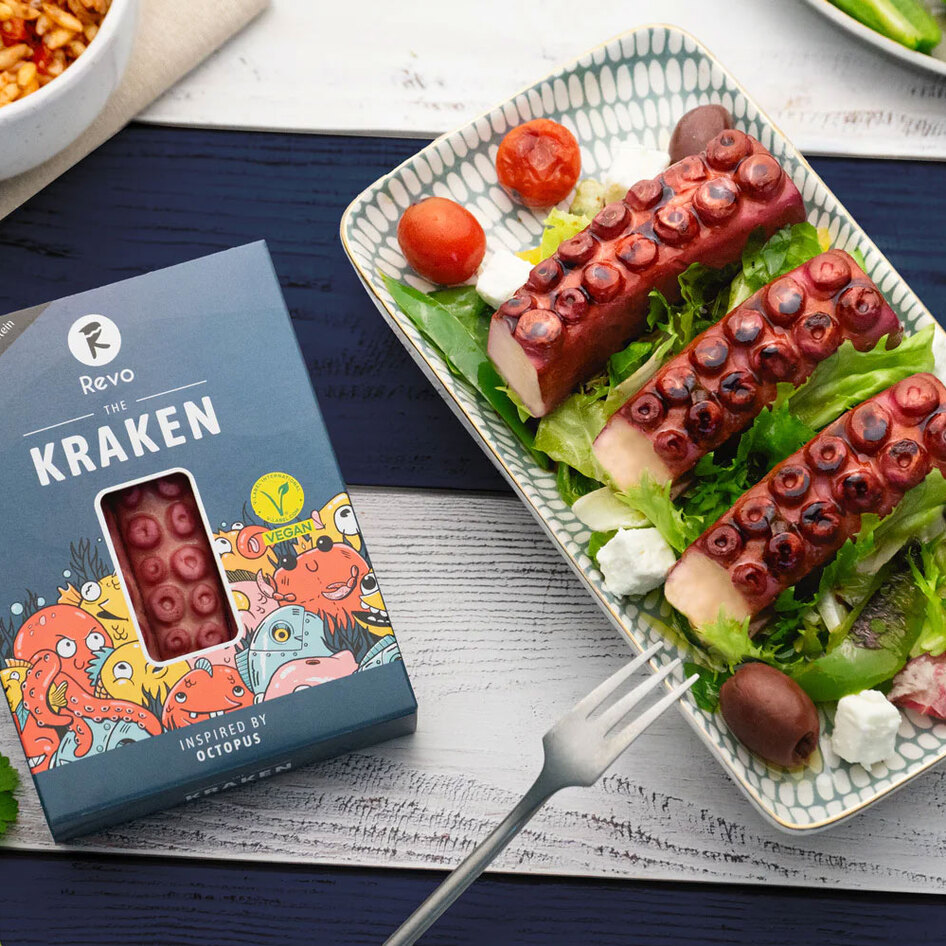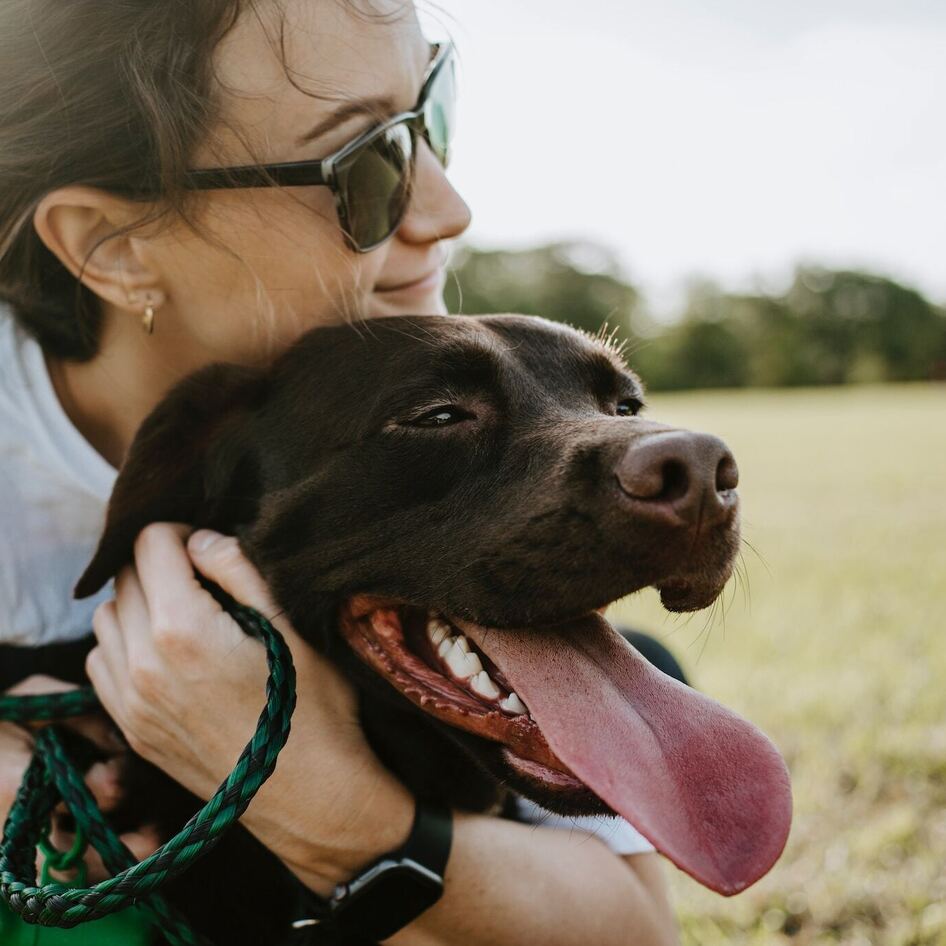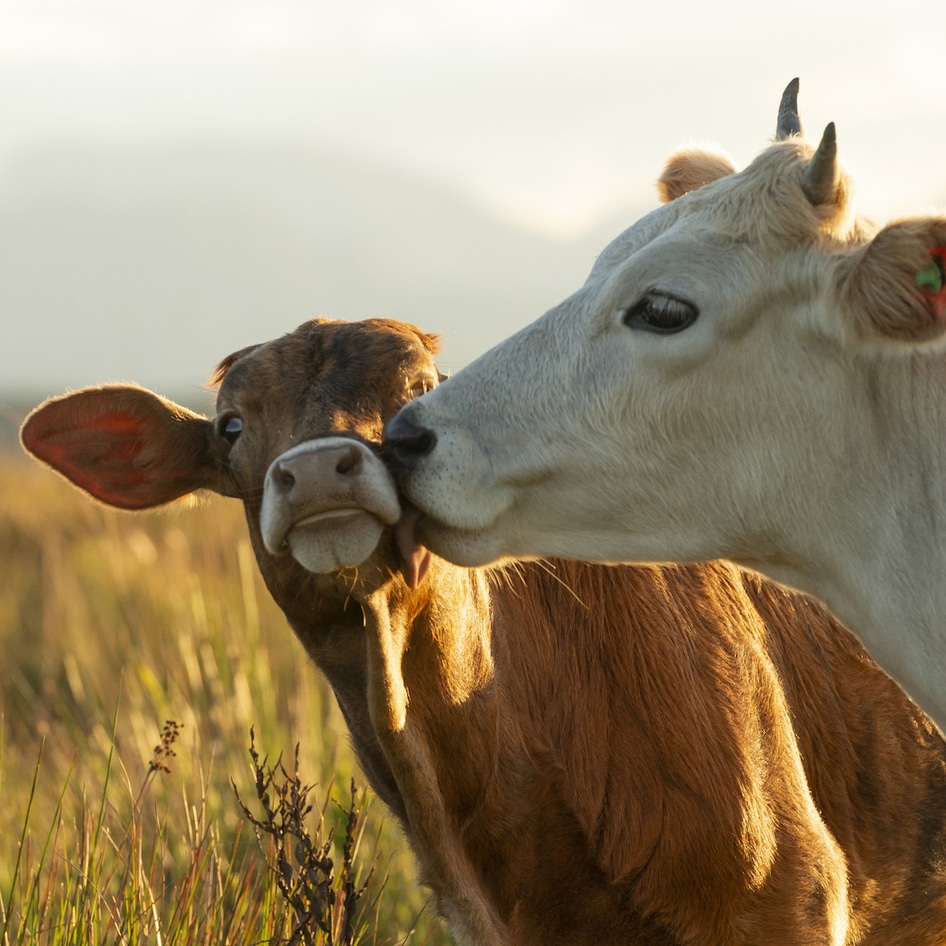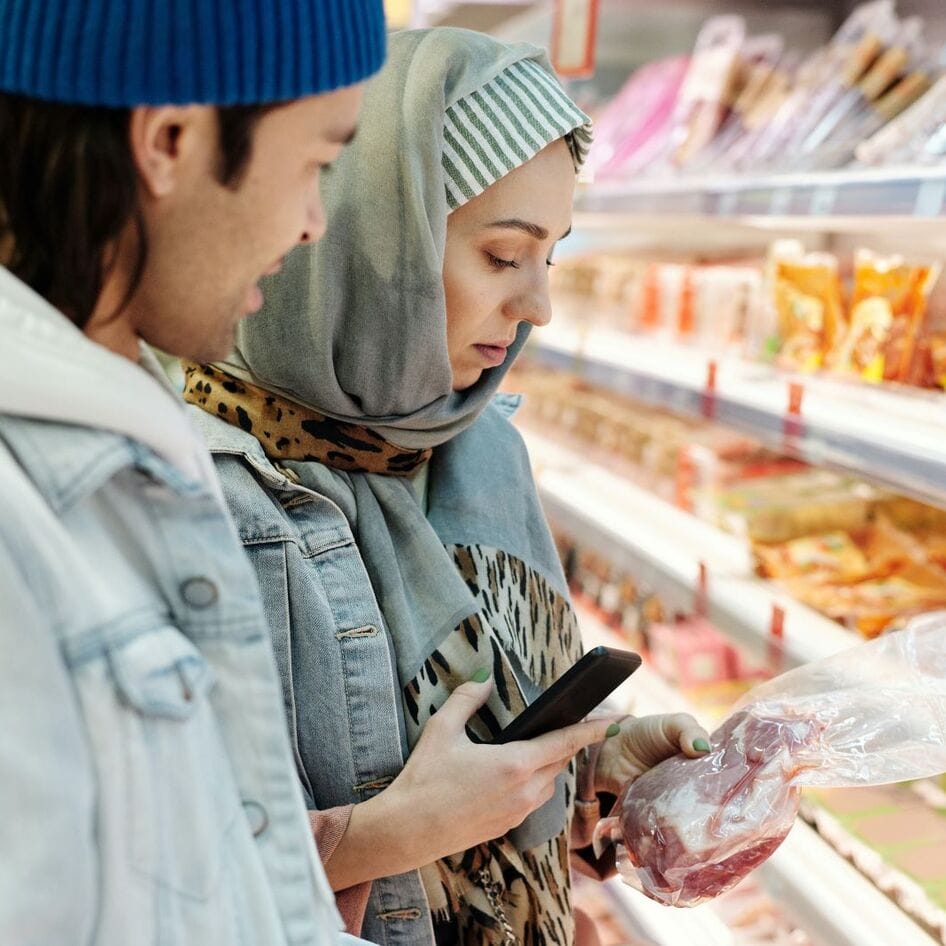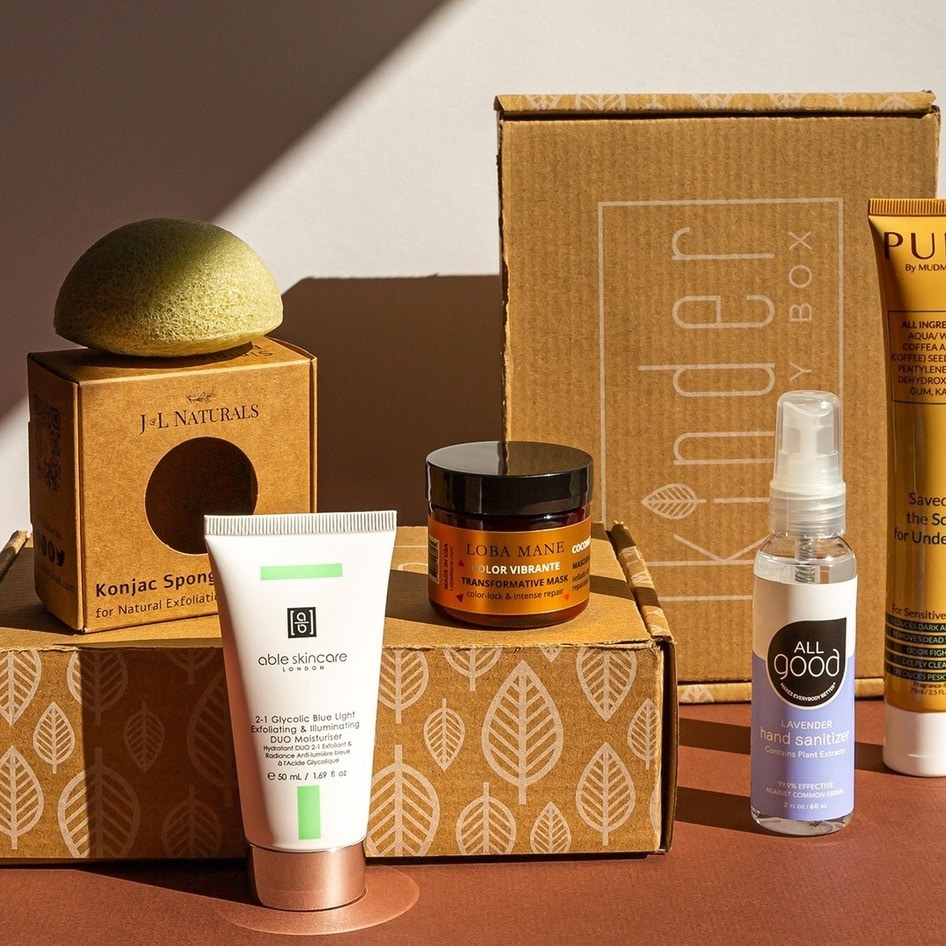China Considers Animal-Free Cosmetics Testing
For the first time, the manufacturing giant may accept a method of testing cosmetics that leaves animals out of the lab.
November 3, 2016
For the first time, the China Food and Drug Administration (CFDA) is anticipated to recognize data collected from non-animal tests as acceptable for the safety evaluations of cosmetics. The Insitute for In Vitro Sciences (IIVS) in Gaithersburg, MD—an institution that focuses on developing non-animal research methods—submitted its 3T3 Phototoxicity method, which relies on measuring the potential harm of a chemical after exposure to light (and not injection or application onto rabbits, mice, and other commonly used animals in laboratories). China surpassed the United States in 2010 as the largest manufacturer of consumer goods in the world, and currently requires all cosmetic products sold to the public to be tested on animals—a fact that makes it difficult for stateside companies looking to distribute to Chinese markets to maintain cruelty-free practices. “The anticipated publication by CFDA is an extremely important step for China,” co-founder and president of IIVS Erin Hill says. “It clearly demonstrates China’s commitment to modernize their testing requirements and reduce their reliance on animal models.” IIVS is currently developing training programs to assist scientists in China with using the new method with its fourth training session currently in progress at the Zhejiang Institute for Food and Drug control in Hangzhou, China. When the CFDA officially publishes IIVS’ work, the method can be used to determine the safety of cosmetics, personal care products, and individual ingredients. Last week, Taiwanese officials signed a bill that will effectively end cosmetic animal testing by 2019.
JUMP TO ... Latest News | Recipes | Guides | Health | Shop

